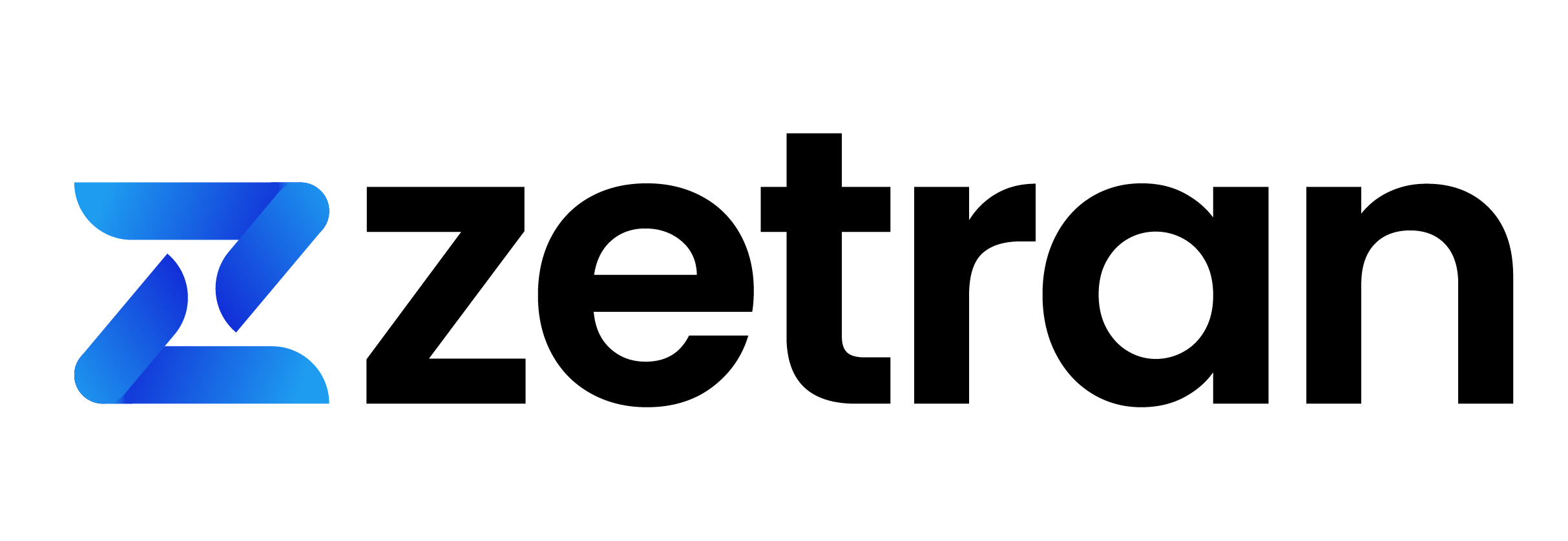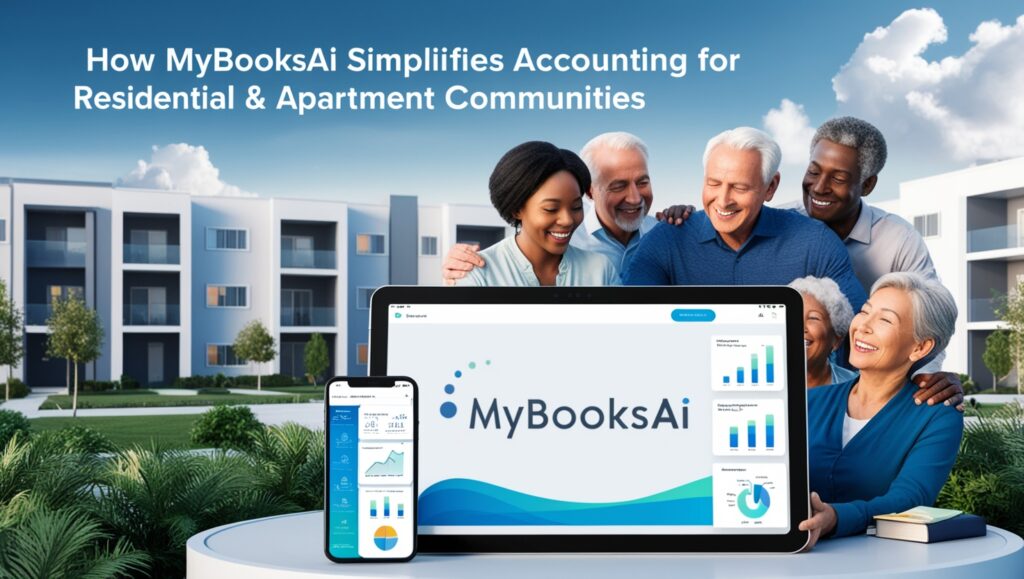Are you trying to create an event but don’t have the money to cover all the costs? Don’t worry; you’re not alone. Many people find themselves in this situation every year. But just because you don’t have the cash doesn’t mean your event can’t happen. You may be able to get corporate sponsorship for your event.
But how do you go about securing funding from a company? It’s not as easy as just asking them for money. You’ll need to create a compelling proposal and follow up diligently until you secure the sponsorship you need. Luckily, we’ve put together a step-by-step guide to make the process easier for you. Keep reading to learn more!
Step 1: Identify the Right Sponsor
The first step in getting corporate sponsorship for your event is identifying the right sponsor. Not all companies are willing to provide funding for events, so you’ll need to do your research to find the most likely to say yes.
Look for Companies that Have Sponsored Similar Events in the Past
One of the best ways to find potential sponsors is to look for companies that have sponsored similar events in the past. This shows that they’re already interested in this type of event and are more likely to be open to sponsoring yours.
You can start by searching online for press releases from companies announcing their sponsorship of an event. Using relevant hashtags, you can search social media platforms like Twitter and LinkedIn. For example, if you’re looking for sponsors for a music festival, you could search for #musicfestivalsponsor or #festivalsponsor.
Another good place to look is the event website for which you’re trying to get sponsorship. They’ll often list the companies that have sponsored them in the past. This can give you some good leads to follow up on.
Identify Companies That Have a Connection to Your Event
It’s also a good idea to look for companies that have some connection to your event, even if they haven’t sponsored anything similar in the past. For example, if you’re conducting a conference for small business owners, you could reach out to banks or accounting firms that cater to this demographic.
You can also look for companies based in your event’s city or region. They may be more likely to want to support something happening in their backyard.
Once you’ve identified some potential sponsors, it’s time to move on to the next step!
Step 2: Craft a Compelling Proposal
Now that you’ve identified some potential sponsors, it’s time to start developing your event proposal. This is arguably the most crucial part of the process because it will be what convinces the company to give you money.
Information About Your Event
The proposal’s first section should include basic information about your event, including its purpose, date, and location. This will give the sponsor a good overview of what you’re trying to do and when it’s happening.
Be as specific as possible, so the sponsor clearly understands your event. For example, if you’re putting on a conference, you should include the topics covered and the names of any keynote speakers.
Include the URL in this section if you have a website for your event. This will give the sponsor an easy way to learn more about your event if they’re interested.
Use of Sponsor’s Products or Services
The next section of your proposal should explain how the sponsor’s products or services will be used at your event, such as event software programs. This is important because it shows that you’re thinking about their needs, not just your own.
For example, if you’re organizing an event, you could explain how attendees will use the sponsor’s products or services. For instance, you could say that attendees will be able to use the sponsor’s banking services to set up new accounts or apply for loans.
Or, if you’re putting on a music festival, you could explain how guests will use the sponsor’s products or services. For example, you could say that guests can use the sponsor’s mobile app to buy tickets or find out information about the festival.
Benefits for the Sponsor
In your proposal’s final section, highlight the advantages the sponsor will experience by funding your event. Illustrate why this is crucial by demonstrating that you are considering their requirements and not just focusing on what you want.
There are many different benefits that a sponsor can receive, so it’s important to tailor this section to the specific company you’re reaching out to. For example, if you’re reaching out to a local business, you could offer them free tickets to your event in exchange for their sponsorship.
Or, if you’re reaching out to a national company, you could offer them exposure to your event’s attendees in exchange for their sponsorship. This could include logo placement on your event’s website or signage at the event itself.
No matter what benefits you offer, make sure they’re compelling and relevant to the company you’re reaching out to. Otherwise, they’re likely to just move on to the next proposal.
Step 3: Follow Up Diligently
After you’ve sent your proposal, it’s time to follow up. The sponsor may not respond immediately, so you must be patient and follow up until you get a response.
Send a Polite Email
Email is often the best way to follow up because it’s quick and easy. Plus, you can easily record your correspondence with the sponsor.
When you’re writing your follow-up email, make sure to mention your original proposal. This will help jog the sponsor’s memory and remind them of what you’re asking for.
Then, politely inquire about the status of their decision. For example, you could say, “I was just wondering if you had any update on your decision regarding my proposal.”
Finally, thank them for their time and let them know that you’ll be happy to answer any questions they may have. Then, end the email positively by saying that you look forward to hearing from them soon.
Make a Phone Call
If you haven’t heard back from the sponsor after a few weeks, you may want to follow up with a phone call. This can be a great way to get their attention and ensure they’re still considering your proposal.
Start by introducing yourself and mentioning your original proposal when making your phone call. Then, politely inquire about the status of their decision. For example, you could say, “I was just wondering if you had any update on your decision regarding my proposal.”
Thank the client for their time and tell them you will be happy to answer any questions they have. End the call positively by expressing anticipation about hearing from them soon.
If the sponsor does agree to support your event, be sure to send them a thank-you note. This will show your appreciation and help solidify the relationship for future events.
Step 4: Negotiate the Terms of Your Agreement
Once the sponsor has agreed to support your event, it’s time to start negotiating the terms of your agreement. This is important because you must ensure that you and the sponsor are happy with the arrangement.
You’ll need to negotiate many different things, so you must know what you want before you start talking to the sponsor. For example, you’ll need to decide how much money or in-kind donations you will accept.
You’ll also need to decide how the sponsor’s logo will be used at your event. For example, will it be placed on your event website or signage?
Finally, you’ll need to agree on a timeline for the sponsorship. For example, will the sponsorship begin immediately, or will it start later?
Once you’ve negotiated all of the terms of your agreement, be sure to get everything in writing. This will help ensure that you and the sponsor are clear on what’s been agreed upon.
With these steps, you can easily secure corporate sponsorship for your next event. Remember to identify the right sponsor, craft a compelling proposal, and follow up diligently until you reach an agreement. With a little effort, you can make your event a reality and ensure that all your guests have a great time!





